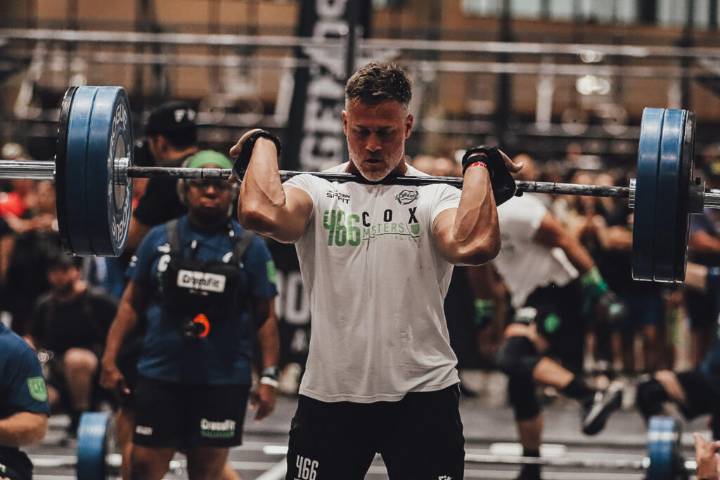As men age beyond 30, natural declines in testosterone, muscle mass, joint mobility, and connective tissue resilience can make it harder to build a powerful, healthy chest. These changes—primarily driven by sarcopenia (age-related muscle loss) and reductions in collagen synthesis—don’t mean gains are impossible. They simply require a smarter, more evidence-driven approach.
Scientific literature supports that regular resistance training can offset and even reverse many of the physiological effects of aging, including improvements in strength, lean mass, posture, and cardiovascular health. The key is selecting exercises that not only maximize chest muscle recruitment but also support long-term joint health and recovery.
After reviewing electromyography (EMG) studies, clinical strength rese

 BOXROX
BOXROX

 CBS News
CBS News Glam
Glam Raw Story
Raw Story KETV Entertainment
KETV Entertainment The Daily Beast
The Daily Beast